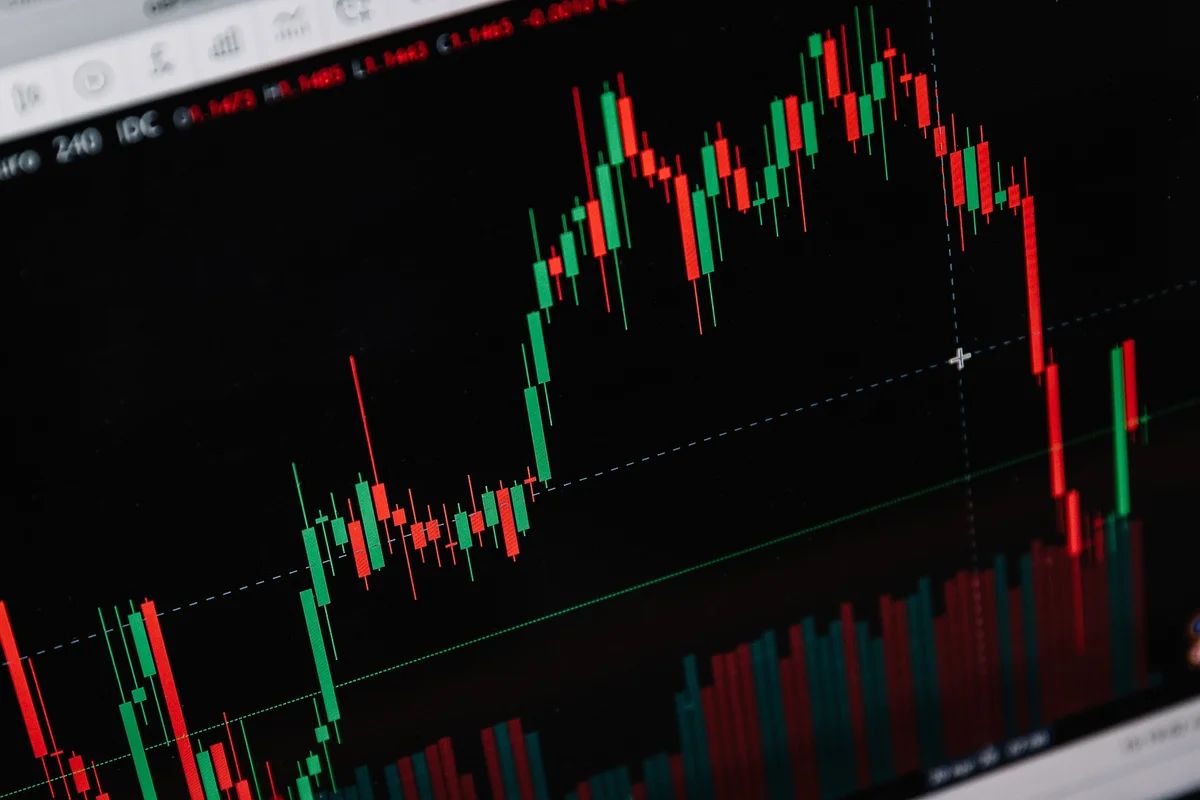Bussiness
The biggest differences between shopping at suburban and city Costco locations
- As a New York City resident, I’ve been hesitant about becoming a Costco member.
- I finally joined over the summer and decided to compare city and suburb locations.
- The two stores had similar layouts but there were some major differences between what they stocked.
When I was a kid on Long Island, New York, I grew up going to a wholesale club with my parents: BJ’s.
I loved running around the store and was always shocked by how it seemed to carry anything you could ever want. Then, when I was in college in New Orleans, I’d tag along with friends to the Costco there, which was just as fun to wander around.
Over the summer, I finally signed up to Costco myself, joining the 2.5 million other millennials and Gen-Zers who have decided it’s the newest “hottest club.”
Costco’s CFO Gary Millerchip said in September that half of its new members over the last year are under 40. As Business Insider’s Dominick Reuter noted, the younger generation is more concerned with finding deals and saving money than ever before.
I now live in New York City and, after joining Costco, assumed I would order products online. That was before I learned there was a Costco in Manhattan. I couldn’t quite grasp the concept of Costcos — which are more common in suburban areas — in the city: How could you transport the giant bulk items without a car?
Still, I needed to know: Is a New York City Costco the same as the suburban Costco I’ve visited in the past? Did both locations sell the same items? And would I see people on the city streets lugging giant packs of toilet paper?
In September, I paid two Costcos a visit: the one in East Harlem, and one in the Long Island town of Westbury.
Here’s what it was like to shop at both locations.








